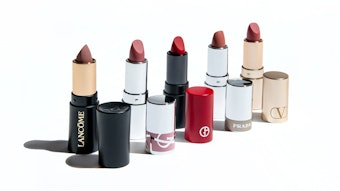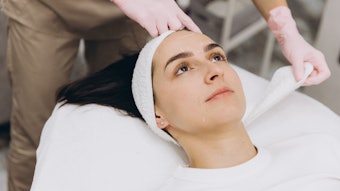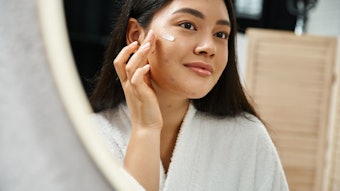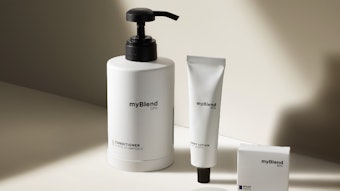
It is common for clients to be unhappy with their appearances and consider drastic measures to try and look like a celebrity. Offer some common sense advice to those clients by sharing the facts provided by Brian S. Glatt, MD, FACS, and instantly make them feel better about themselves.
The “did they or didn’t they?” digitally altered debate was kicked into full gear this past fall with Ralph Lauren’s controversial ad showing model Filippa Hamilton’s body severely digitally altered, fueling the body image discussion once again in today’s beauty-obsessed culture. Media is also not impervious to this cultural squabble. This past summer, SELF magazine was highly criticized for digitally slimming down an image of singer Kelly Clarkson on the cover of the magazine. Countless supermodels and celebrities have been accused of being digitally enhanced in photos to slim their waist, smooth signs of cellulite or add a little extra cleavage. Although it may seem harmless for stars to under go digital nips and tucks here and there, it’s causing women who idolize these celebs to undergo unrealistic lengths to attain a so-called “perfect body.”
“Many magazines, billboards and advertisements falsely portray cultural icons by ‘doctoring’ images that are viewed by the public,” says Brian S. Glatt, MD, FACS, of Premier Plastic Surgery Center of New Jersey. ”Women look at these photos and ask their surgeons to make them look “just like them.” This is usually impossible because the desired body doesn’t even exist!
Glatt discloses and explains the top five most digitally altered body parts.
1. Breasts. In photos, it seems as though every supermodel and celebrity has perfect curvature on her chest by the way their assets are accentuated. “Most of these appearances are a result of a push-up bra, supportive undergarments and digital retouching,” says Glatt. “Breast implants are pervasive throughout the modeling profession, and are usually easily spotted as someone who is supermodel thin does not suddenly develop C-cup breasts. In addition, implants in very thin women appear more rounded than teardrop shaped and can be pushed up to create a full, high cleavage area.”
2. Waist. To make celebs look even thinner than they are in person, many are digitally altered so the sides of their body actually become an extra shadow or gets blended in with the background. “If they really looked like this,” says Glatt, “their torsos would likely not be able to adequately support their shoulders. Although aggressive liposuction techniques can create a much slimmer waist and take off inches, even liposuction cannot create some of the digitally altered and corset-assisted cartoon-type waists frequently seen in consumer magazines.”
3. Skin tone. At times, it almost appears that A-listers are always in front of a bright light that illuminates their skin and rids all imperfections, leaving a glowing skin tone. “Skin surface retouching is the most common and one of the original digital alterations performed routinely. Nobody’s skin can be completely perfected without a line, wrinkle, blemish or brown spot. Almost anyone who has had photographs taken for a big life event, such as a wedding, knows that even those photos will be retouched. People tend not to consider this when emulating the skin characteristics of those in magazines and ads.” Glatt continues, “These photos show completely perfect skin, which in real life is impossible to achieve to that extent, evidenced when celebrities are captured in real life, not retouched.”
4 and 5. Arms/Thighs. Some celeb photos have their extremities slimmed and trimmed so much that they appear to be the size of a toothpick. There are photos out there where the elbows appear to be the same width of their biceps and their knees seem to be the same width of their thighs. According to Glatt, if this were really how their arms and legs looked, “then they would not work right to walk or pick things up! The trouble with altering the arms and legs in a photo is that it does look so entirely fake. People get the impression that this look can be achieved with surgery, which is typically not possible or safe.”










